Notizia
-
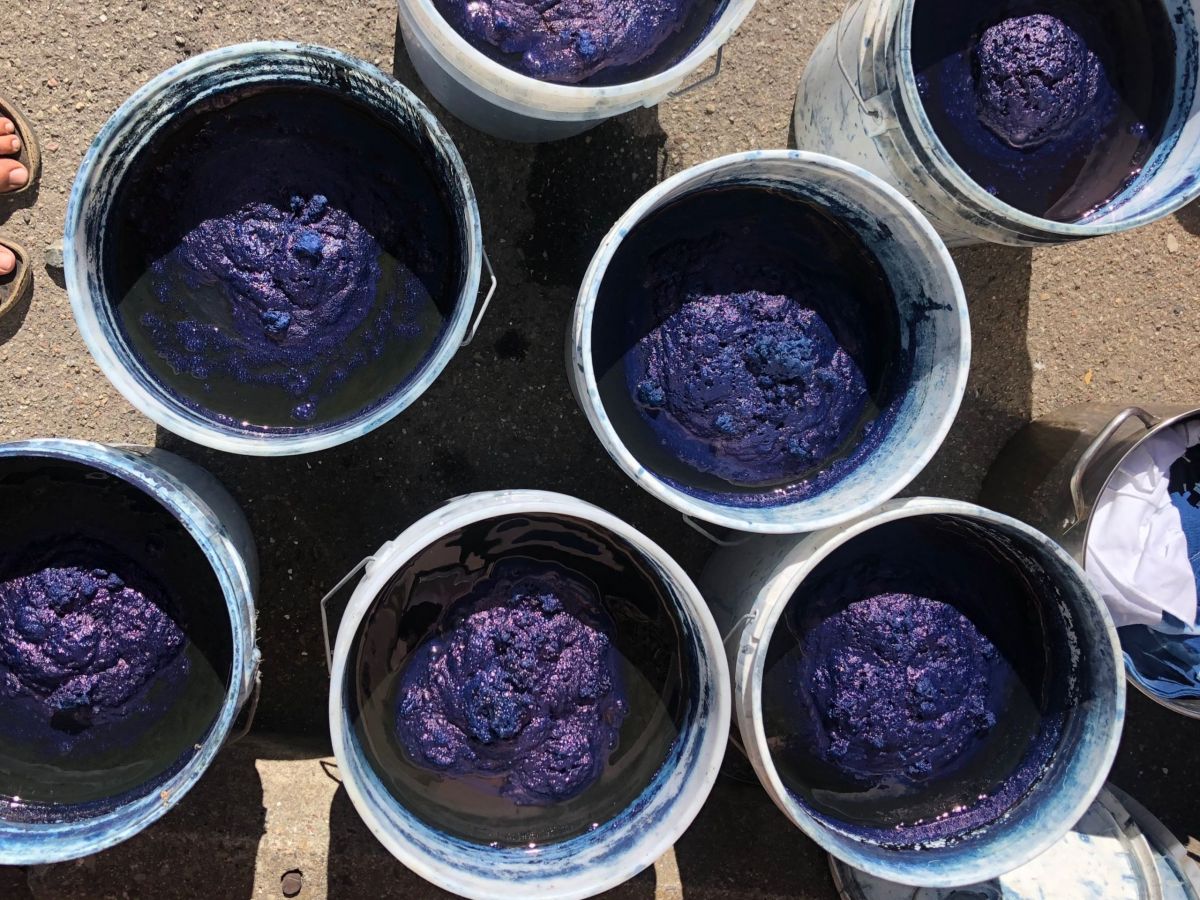
Beginners Guide to Indigo Dyeing
Indigo is a pigment extracted from the leaves of indigo-bearing plants and is the oldest natural source of blue dye in the world. Humans have used indigo to dye natural fibers for thousands of years, with traditions spanning continents and cultures.Per saperne di più -
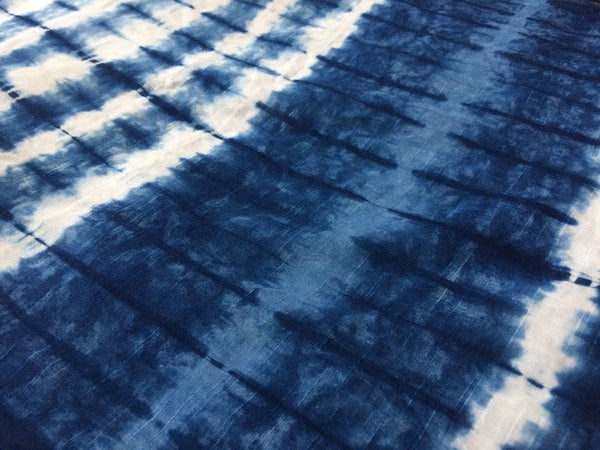 One of the delights of growing your own Japanese indigo is making fresh indigo leaf baths and dipping for that beautiful and elusive slightly turquoise shade. What makes it even more special is that it works great on silk, and the fabric really shows off the color.Per saperne di più
One of the delights of growing your own Japanese indigo is making fresh indigo leaf baths and dipping for that beautiful and elusive slightly turquoise shade. What makes it even more special is that it works great on silk, and the fabric really shows off the color.Per saperne di più -
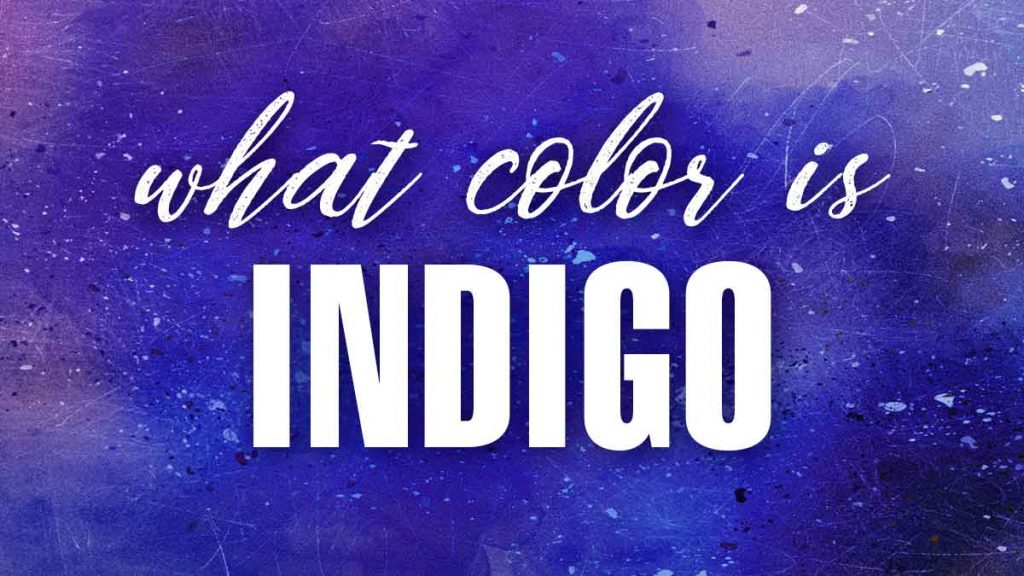
What Color Is Indigo? Fascinating Facts You’ll Love
Indigo is named for the plant used to create the original dye in the color. This plant comes from India and has been used as a dye since ancient times. The botanical name of the pant commonly called true indigo is indigofera tinctoria. When the British came to India, they started to grow the plant in larger numbers to export the dye for the clothing industry.Per saperne di più -

Indigo Blue: The Dyeing Art of an Age Old Tradition
First the leaves are harvested and dried in the sun while being flipped repeatedly by a broom. Next they are fermented to create sukumo, a concentrated version of the dye. This is mixed with lye and lime before being fermented again. The depth of colour will depend on the length of time the sukumo is left to ferment.Per saperne di più -

What color is indigo? And how to use this dark blue-purple at home
A deep, intense shade that comes from a natural dye, indigo sits between blue and violet in the colors of the rainbow. There is much debate over what color indigo represents most and if it is closer to a blue or purple shade; in this article we will explore the frequent questions asked when researching, what color is indigo?Per saperne di più -

How to use sulphur black dyeing in cotton
Sulfur black, so sulfur dyes themselves do not have dyeing ability for cotton. However, it has good dyeing properties for cotton by reducing the dye to leucosomes in aqueous solution of Sodium sulfide. The sulfur dye dyeing is carried out in Sodium sulfide solution.Per saperne di più -
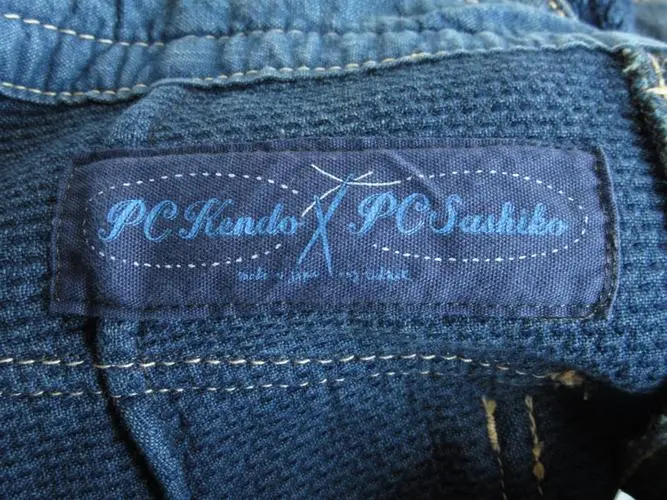
The Allure of Indigo A Spectral Story
Indigo, the enigmatic blue dye, has painted the canvas of human culture for millennia. From the ancient Egyptians to the modern denim enthusiast, indigo's allure has transcended time and place. Wuxin Group, a purveyor of fine dyes and pigments, is keeping this legacy alive with their premium indigo offerings.Per saperne di più -
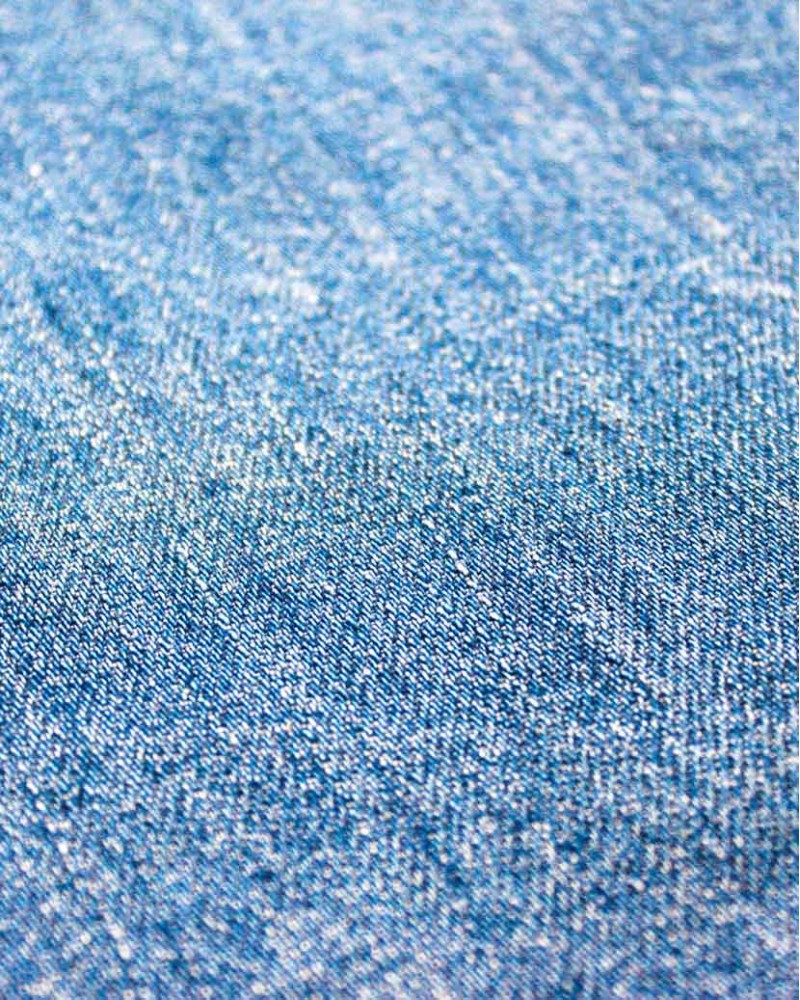
Indigo Dye The Colorful History and Modern Applications
Indigo, a vibrant blue dye, has been a cornerstone in the textile industry for centuries, and its rich history is as fascinating as its enduring presence in fashion. Wuxin Group, a leading supplier of high-quality dyes and pigments, specializes in producing indigo blue, a hue that has become synonymous with denim and blue jeans.Per saperne di più -
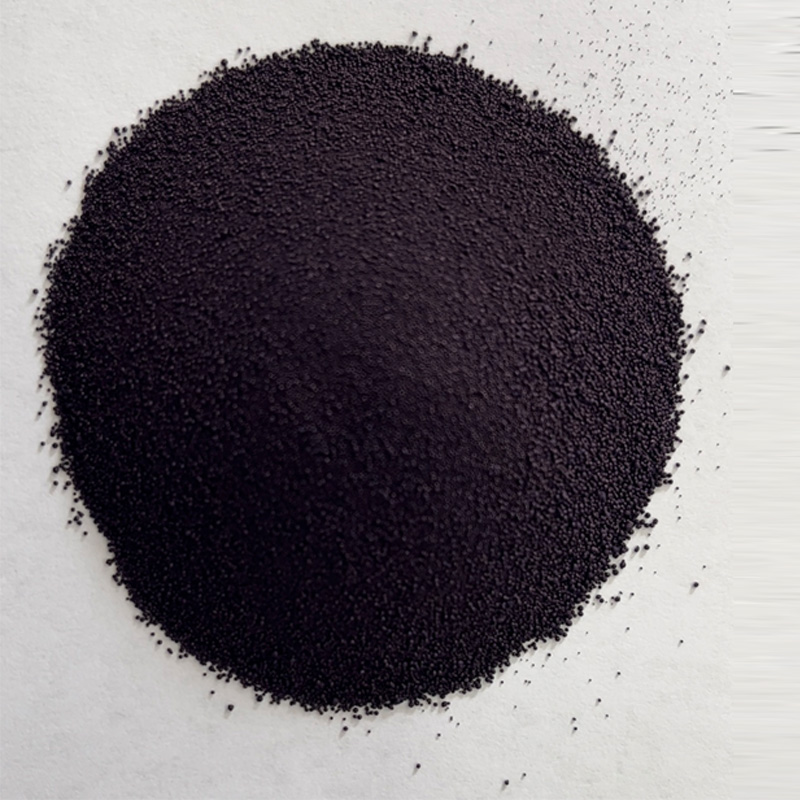
Indigo Dye A Colorful Journey Through Time
Indigo, a hue that has captivated artists, fashion designers, and textile enthusiasts for centuries, is more than just a color. It's a rich narrative woven into the fabric of history, culture, and fashion. Wuxin Group, a leading supplier of indigo dyes, continues this legacy by offering high-quality indigo products that bring this timeless color to life.Per saperne di più -
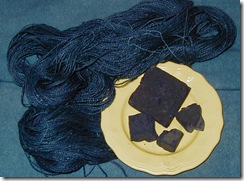
Indigo Blue Dye Not Only Blue – Some Interesting Facts
Indigo has been in use as a blue colorant for thousands of years as a natural dye, which was produced from the Indigophera plant in India and China and with woad in Europe.Per saperne di più -
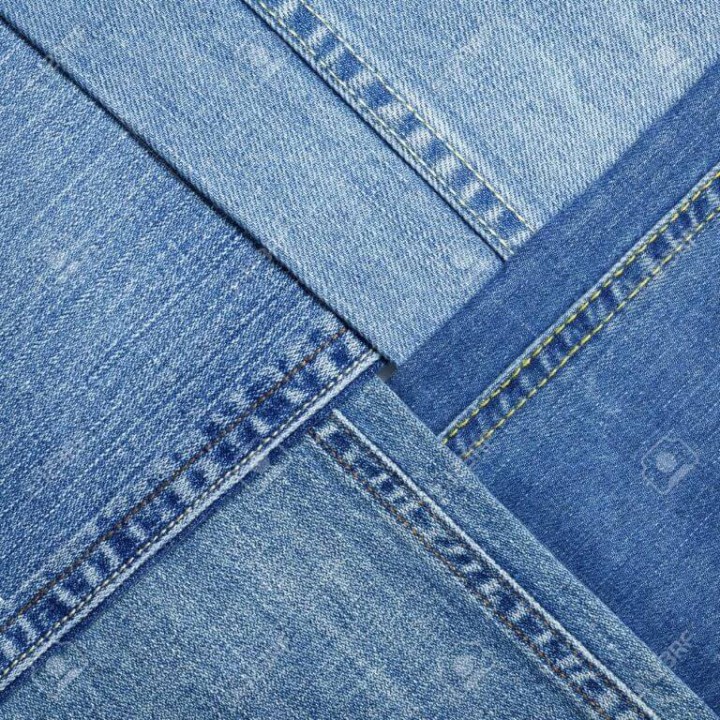
Natural Indigo Blue Dye Origin Dying Procedures Technology and Dye Recipes for Denim Fabrics
Natural indigo is now being used by several fashion retail giants such as H&M on a large scale to replace synthetic indigo dye for developing safe, green, and sustainable jeans.Per saperne di più -
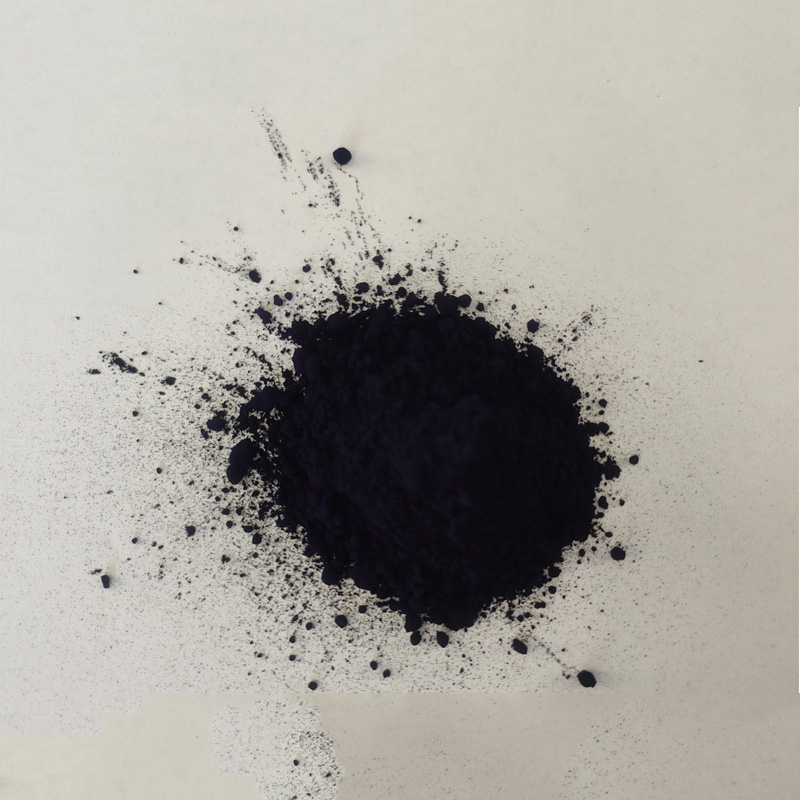 Sulfur dyes are the most commonly used dyes manufactured for cotton in terms of volume. They are inexpensive, generally have good wash-fastness, and are easy to apply. Sulfur dyes are predominantly black, brown, and dark blue.[1] Red sulfur dyes are unknown, although a pink or lighter scarlet color is available.Per saperne di più
Sulfur dyes are the most commonly used dyes manufactured for cotton in terms of volume. They are inexpensive, generally have good wash-fastness, and are easy to apply. Sulfur dyes are predominantly black, brown, and dark blue.[1] Red sulfur dyes are unknown, although a pink or lighter scarlet color is available.Per saperne di più

